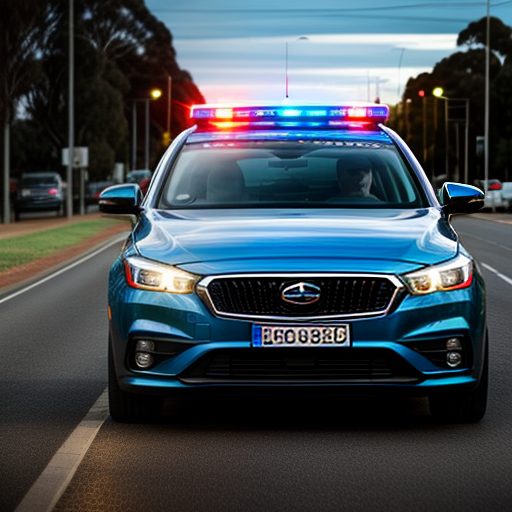Changes to seat belt laws in New South Wales: What You Need to Know
You may be aware of changes to seat belt laws in New South Wales. Cameras previously used for mobile phone detection are now being used to enforce seatbelt laws.
In Maitland, we are seeing increased fines and license suspensions for seatbelt law offences, including incorrect use of seatbelts. Incorrect use of seatbelts can include having arms underneath the belt or behind the back. In this article we set our requirements for seatbelt use and new enforcement tools.
If you need legal advice because you have received a fine or loss of license due to seatbelt infringement, contact us now to get a free consultation to discuss how HCN Law can help you.
Overview of the Seatbelt Regulations
The changes to the seatbelt laws in NSW are aimed at addressing various aspects of seatbelt use, ensuring maximum safety for all vehicle occupants. Here are the key changes:
1. Mandatory Seatbelt Wearing for All Occupants
It is now mandatory for all occupants of a vehicle, regardless of their seating position, to wear a seatbelt. This applies to drivers, front-seat passengers, and rear-seat passengers. Non-compliance can result in substantial fines and demerit points.
2. Responsibility of the Driver
The driver is responsible for ensuring that all passengers are wearing seatbelts. If passengers are found not wearing seatbelts, both the driver and the passenger could face penalties.
3. Child Restraint Requirements
There are stringent regulations concerning child restraints:
- Children under the age of 7 must be seated in an appropriate, approved child restraint.
- Children aged 7 to 16 must use a booster seat or a seatbelt that fits correctly.
- Appropriate exemptions are provided for cases where medical conditions prevent the use of standard child restraints, but official documentation must be carried and presented upon request.
4. Exemptions to Seatbelt Wearing
Certain exemptions apply to the use of seatbelts, including:
- Passengers who are medically exempt from wearing a seatbelt must carry a valid medical certificate.
- Certain commercial vehicles without seatbelts installed (as per the vehicle’s original manufacturing specifications) may be exempt, although this is increasingly rare.
5. Increased Penalties for Non-Compliance
Penalties for not wearing a seatbelt have been increased. This includes higher fines and a greater number of demerit points. Habitual offenders may face more severe consequences, including suspension of their driving licence.
6. Enhanced Enforcement
Law enforcement agencies will enhance their efforts to ensure compliance with the new seatbelt regulations. This includes targeted campaigns, roadside checks, and increased patrols.
Conclusion
The changes to seatbelt laws in NSW reflect a strong commitment to improving road safety and reducing preventable injuries and fatalities. It is imperative for all drivers and passengers to be aware of these changes and to adhere strictly to the regulations. By wearing seatbelts and ensuring that all passengers do the same, we can collectively contribute to a safer and more responsible driving culture.
For more detailed information on the new seatbelt laws or to seek legal advice regarding these changes, feel free to contact our office at HCN Law.


